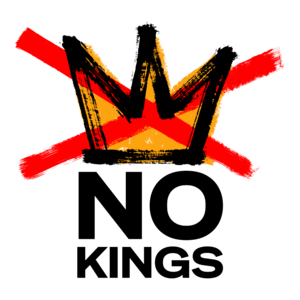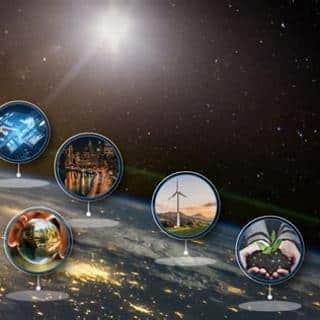Seamless Internet Access For Free (video) Share your mobile Internet among all your devices. So where’s the catch? Well, you’ll have to share your data connection too. Sounds fair to me. To start, just download and install Open Garden on your Android smartphone (Apple will not allow it on the App Store. Stupid!), Mac or Windows PC. If you’re on AT&T, you’ll have to get it directly on the Open Garden website. The carrier asked Google to hide it from its customers on Google Play. Another stupid anti-consumer move.
Seamless sharing, faster connection
Once running, the software will then automatically look for other Open Garden users. If you have already a data connection, because you’re at a Starbucks or using your 3G/4G smartphone, it’ll automatically get shared with others, although your data gets priority.
Your connection speed could also get faster as Open Garden will ‘bond’ available bandwidth from nearby community members and make it available to you.
Seamless connectivity allows people to connect any supported device to the mesh and thus to the Internet with no effort or configuration. Install, done. No buttons, no pairing, no manual discoverability. Open Garden can use different physical ways to connect in general; today’s version concentrates on Bluetooth. Bluetooth normally requires to manually put one of the devices into discoverable state, which only lasts a few minutes. We eliminated the need for this, saving battery, improving privacy, and, most importantly, allowing devices to connect with no user intervention.
Version 2.0 brings multi-path access. Normally today, you access the Internet using only one path. For example, when your phone gets on Wi-Fi, it no longer uses its 4G connection; if you are in an area with multiple Wi-Fi hotspots, you only use one. We are introducing a way to access the Internet over multiple paths at once, improving speed and reliability, and also eliminating configuration choices: you will no longer need to pick how you connect, since you will simply use multiple ways.
Once connected, devices find a path to the Internet also completely automatically. If a path fails, a new one will be chosen; if necessary, new connections will be established. The network is self-healing and self-forming. Each of the nodes operates only with local knowledge; together, they build a network using a probabilistic distributed algorithm.
When there is no direct Internet connection, devices will access the Internet through chains of other devices. Again, if necessary, chains will grow to reach the Internet.
Learn more at opengarden.com
OpenGarden (OpenGarden) on Twitter









Leave a Reply